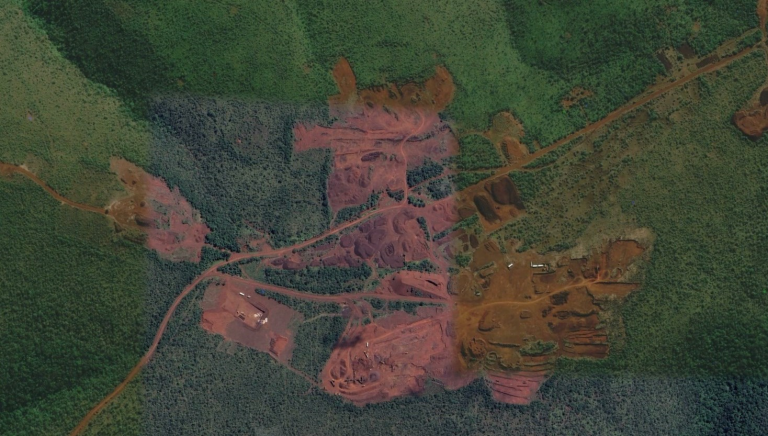
By Larry Billinger
The Journey to Discovery
Historians, adventurers, and the faithful have long been captivated by the mystery of Noah’s Ark’s final location. According to the Bible, the Ark not only symbolizes a tale of survival but also forms a deep connection to the core beliefs of Christianity.
Explorers and historians tirelessly seek the Ark’s physical remnants, efforts that connect past spiritual narratives to contemporary faith. Uncovering the Ark means revealing a tangible link to a story that continues to influence lives today.
The Significance of the Ark in Modern Christianity
While the search for the Ark’s location is thrilling, it’s also a launchpad for reflection on its enduring significance. The Ark’s story parallels key aspects of Jesus’ message and role in Christianity:
- Symbols of Salvation
- Noah’s Ark is a symbol of rescue, carrying Noah, his family, and pairs of animals to safety from the great flood. This event is seen as a fresh start for humanity and a divine act of saving the innocent.
- Similarly, Jesus is considered the savior of humanity. Christians believe that through his actions, teachings, and ultimate sacrifice, he offers people a way to be saved from their wrongdoings and to have eternal life.
- Promises from Above
- After the flood, God promised Noah he would never flood the Earth again, marking this promise with a rainbow. This was a covenant, a special agreement between God and man.
- Jesus, in the New Testament, is seen as the bringer of a new covenant. Through him, it is believed that God offers forgiveness and a chance for people to reconcile with Him.
- New Beginnings and Eternal Life
- The Ark’s journey ended with a fresh start for all living things. It was a second chance for the world after the flood.
- For Christians, Jesus’ resurrection is the ultimate new beginning. It symbolizes the start of a new opportunity for people to connect with God.
- Obedience and Faith
- Noah built the Ark trusting God’s warning about the impending flood, an act of faith and obedience.
- Jesus’ teachings are all about having faith in God and living a life that follows God’s will.
A Glimpse Through Time
Were Noah’s Ark as old as the biblical accounts suggest, it would span several millennia. The pyramids of Egypt and Stonehenge, enduring for around 4,500 to 5,000 years, owe their longevity to stone construction. In contrast, the wooden Ark, facing decay and natural elements, would unlikely survive to this day.
The Permanence of Stone vs. The Ephemeral Nature of Wood
Stone or brick structures from the Ark’s era, like ancient Sumerian cities or Malta’s megalithic temples, still leave their mark. Wooden structures, unless preserved under unique conditions, have perished.
Unveiling the Mystery: Where Could the Ark Be?
Curiosity has always surrounded the final resting place of Noah’s Ark. Many have searched for this legendary vessel, and several sites have been proposed as its location. Here’s a rundown of the most talked-about spots:
Mount Ararat, Turkey

Mount Judi, Turkey

Durupınar Site, Turkey

Mount Suleiman, Iran

Eastern Mountains of Iran

Conclusion: The Legacy Continues
As the search for Noah’s Ark persists, so does its symbolic importance. For many, the Ark’s physical presence is less crucial than the spiritual truths it represents. In the hearts of believers, it’s a testament to God’s protection, a reminder of promises kept, and a symbol of hope and faith that resonates as strongly today as it did thousands of years ago. Whether nestled on a remote mountain or resting in the pages of history, the Ark continues to navigate the seas of spiritual reflection and discovery.




